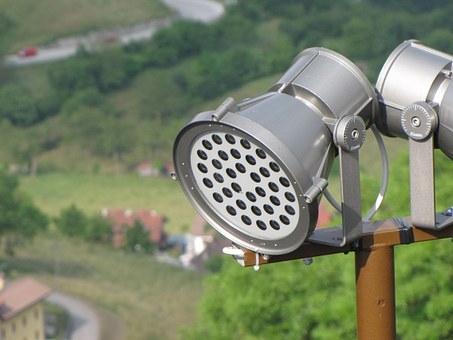You have no items in your shopping basket.
LED Lighting And Horticulture - What You Need To Know

LED lighting is something which is growing in popularity every day, with people finding more and more applications for the lighting option. To that end, people have begun looking into using LED lighting for horticulture purposes. If you’re going to do this, you need to know a few things about LED light, and what factors will influence the viability of your plans. We’re going to look at a couple of those influences here, and try and work out if LED is viable for horticulture.
The Intensity Of The LED Light
When it comes to using LED lighting for horticulture, the types of lights which you use is an essential factor. When humans use LED lights, the most important factor is some lumens which are given off. When it comes to planting life, a slightly different system is needed. You measure the levels of photons which are given off by plant life, and you’re also looking at the PPFD. This is the photosynthetic photon flux density, which is a system that measures some photons which come into contact with the plants, and this is measured in micromoles per metres squared (mol/m2/s).
When it comes to indoor growing, you need to make sure that the distance between the LED and the plants themselves is reduced to get the right levels of DLI. DLI is known as the daily light intervals, which measures the amount of photosynthetically active radiation that the plants get in a day. These requirements can, in fact, be met by closing the distance between the flowers and the LED lights.
Levels Of Light Degradation
One of the biggest advantages of using LED’s is that they are very good regarding lifespan. LED lights have a very long life, which has a definite advantage. You don’t have to replace them every year, which saves you both labour costs and also the cost of a new set of lights. Plant growth is directly correlated light output and intensity. This means that when it comes to light degradation, you’ll find that there are fewer costs and you also have a consistently stable level of plant growth, as there are no fluctuations in levels of light output or intensity.
Overall, there’s enough evidence to support the idea that LED lighting is suitable for use within the horticulture industry. The LED lights are a viable way of providing the correct amount of light radiation for the plants to grow but also does not require all of the replacements and maintenance which normal filament bulbs need. This makes LED lighting the more efficient and viable option when it comes to horticulture because you don’t want to be spending large amounts of money on growing the plants. LED lighting, with all of its efficiencies, is a cost-effective method of maintaining plants, as you can alter the levels of lighting and radiation to suit the task at hand.
